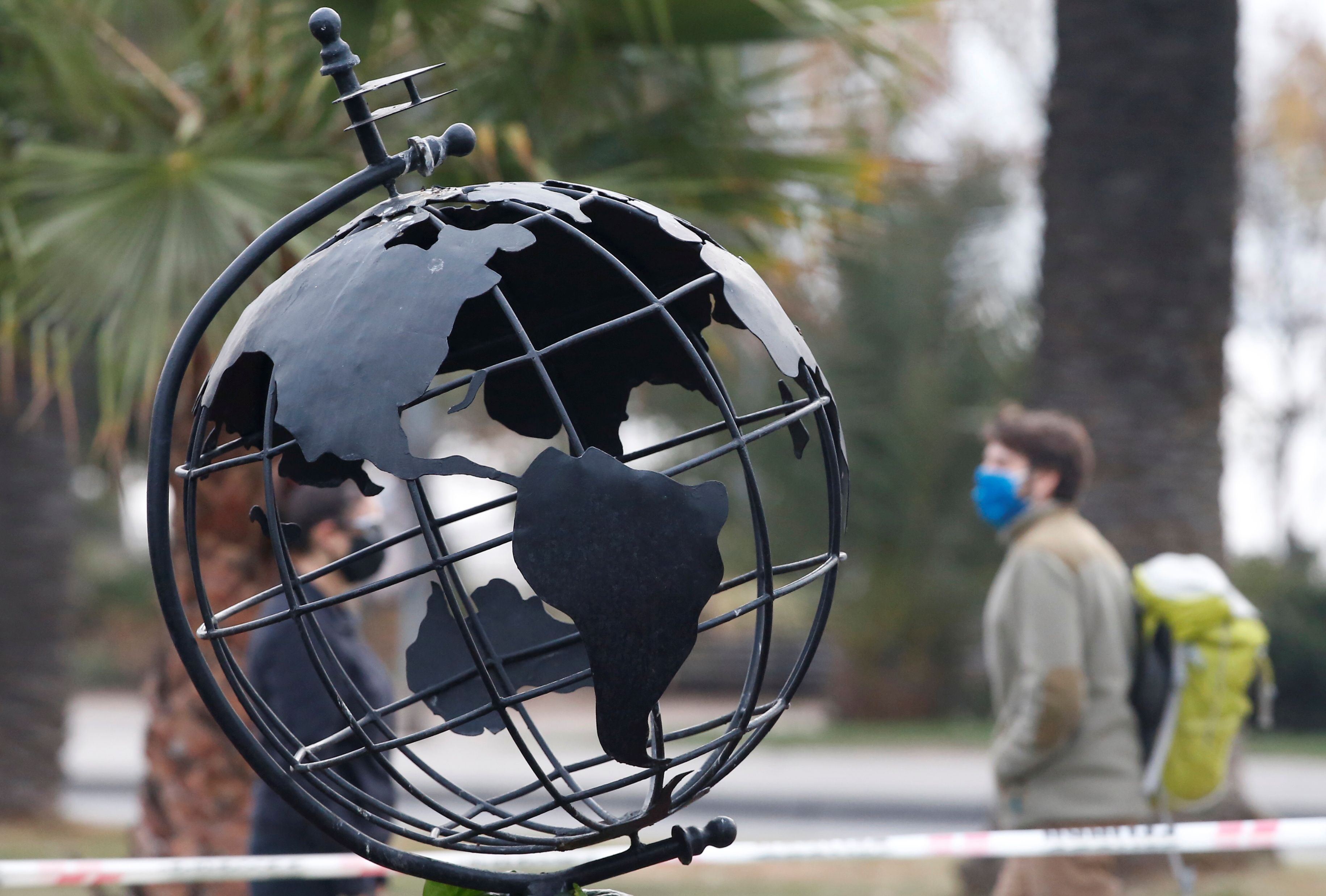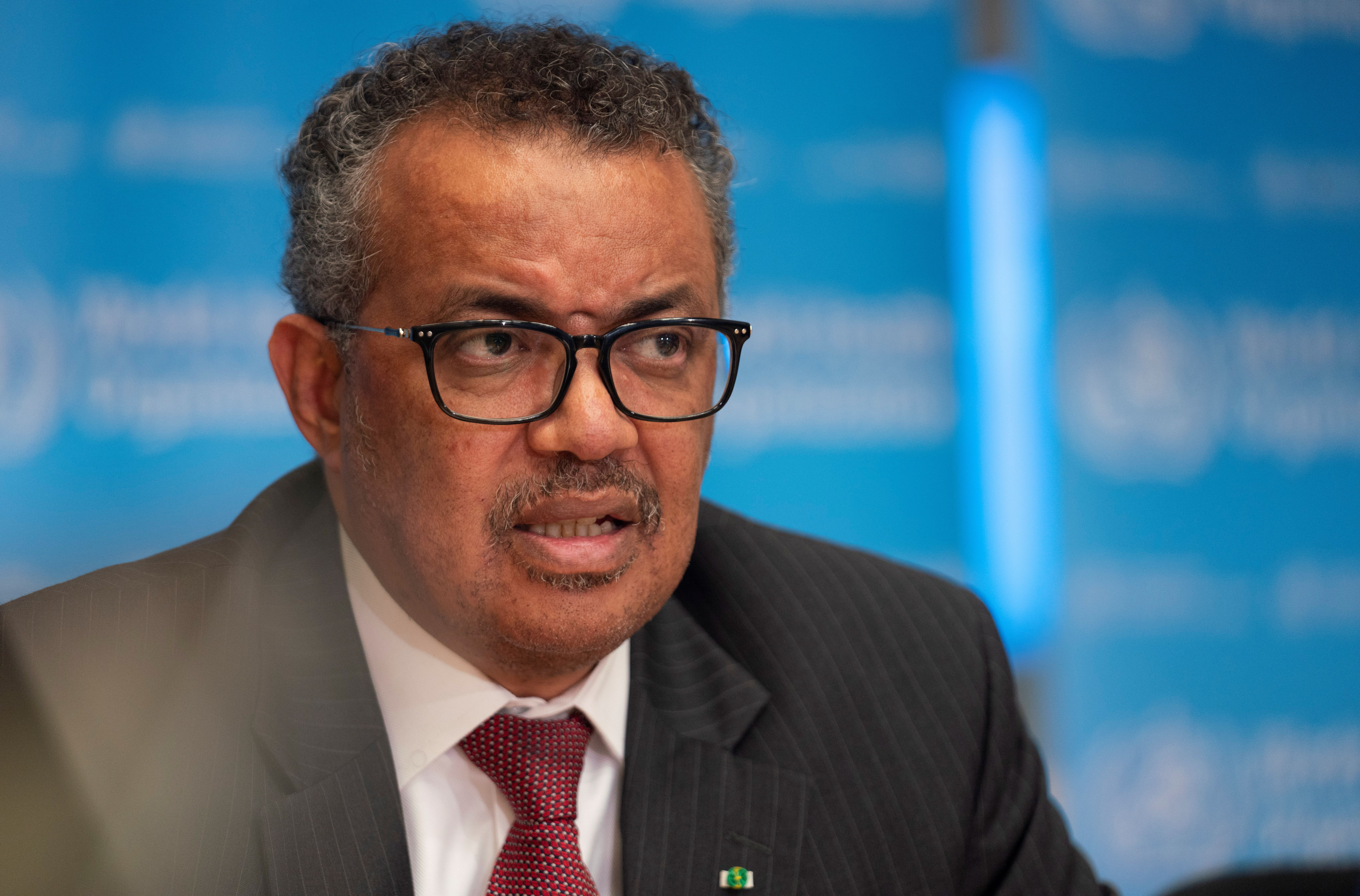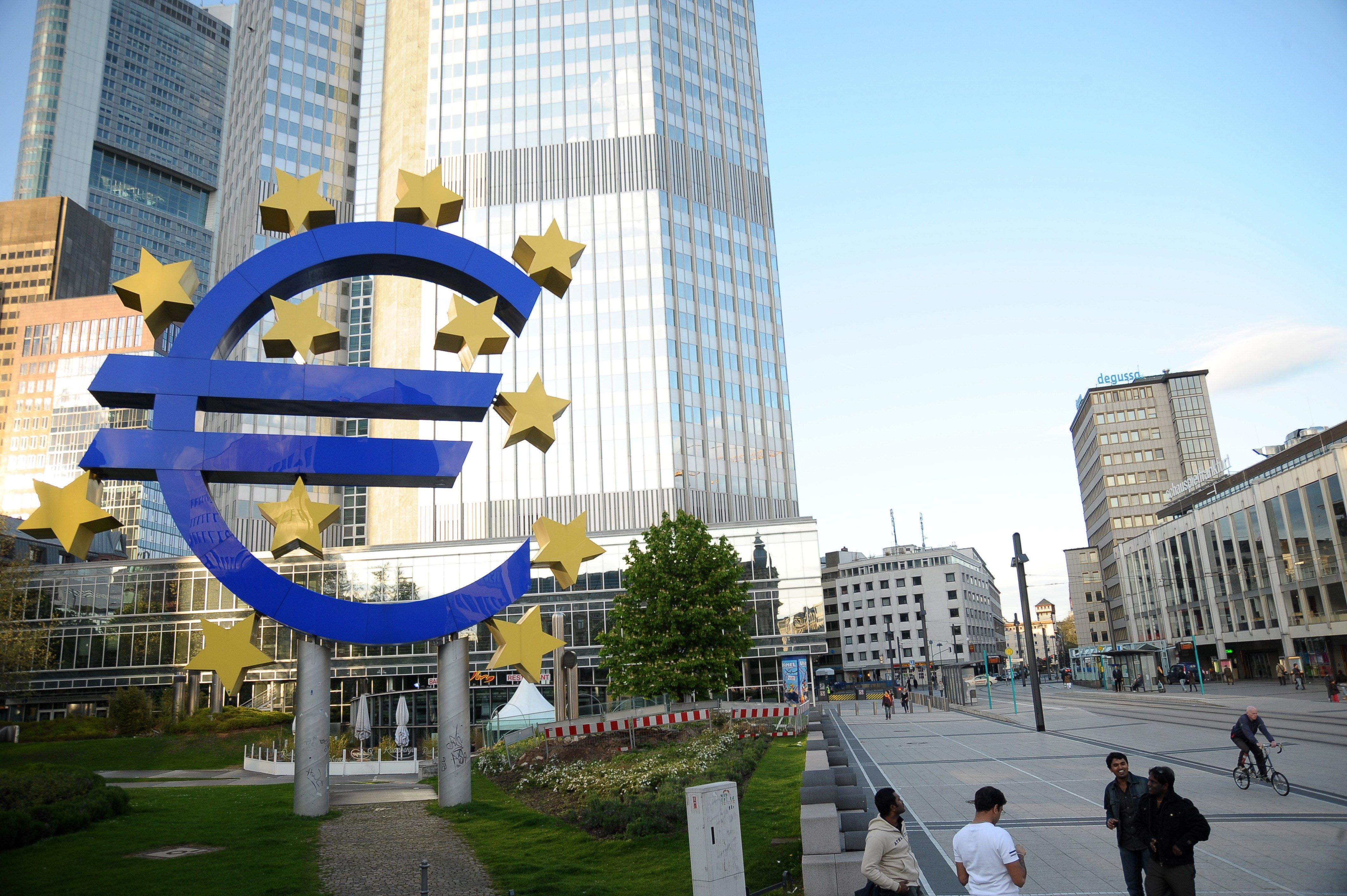The Baltic States and COVID-19

Among the Baltic States, the earliest case of infection (SARS-CoV-2) was detected in Estonia at the end of February. According to data from 30 April, the number of infected in Estonia was 1,689, with 52 people having died from the disease (COVID-19). In Lithuania, 1,385 cases were recorded, with 45 deaths, and in Latvia there were 858 cases, with 15 deaths. This is proportionally several times more diagnosed infections than in Poland. The data also confirm that in each of the Baltic States, the disease curves developed at a different rate, despite geographical proximity and similarities in the structure of transport connections. At the same time, according to virologists, peak incidence has not yet occurred in, for example, Estonia.
Reactions
From the Baltic States, Estonia has implemented the strongest restrictions, including a ban on entry to the islands of Saaremaa and Muhu, which had the largest number of cases. Estonia also began the most common type of testing in the region with more than 52,000 conducted since 31 January, which places the country at the forefront of EU countries per million inhabitants. On 13 March, Estonia declared an “emergency situation”. This meant the first restrictions on educational activity, cultural events (closing cinemas, theatres) and public events (e.g., no live sports). Then, it implemented restrictions regarding trade and movement (total ban on gatherings). From 4 April, special rules apply to trade, including a limited number of people in stores and required use of disinfectants. Other Baltic States began to implement similar regulations in the following days, although in Lithuania the government announced an “emergency situation” early, at the end of February. The restrictions apply until 11 May in Lithuania, to 12 May in Latvia, and 17 May in Estonia.
The Baltic States reacted quite similarly, implementing more restrictive regulations than, for example, Italy or France at an analogous stage of the pandemic. Also, they introduced additional border controls, and from 17 March, entry was forbidden for foreigners without an appropriate residence permit. Everyone arriving to a Baltic country is also subject to a two-week quarantine. At the same time, these countries cooperate in organising returns of citizens from abroad and jointly plan to gradually restore free border traffic.
All three countries are trying to respond flexibly to the changing situation. In Lithuania, Prime Minister Saulius Skvernelis announced the possibility of a gradual liberalisation of the restrictions. First would be the re-opening of some service points, for example. Also, in Estonia the government has started a discussion about a similar lifting of the restrictions and a strategy is to be set by the end of the month. The Latvian authorities, however, do not have a concrete plan for lifting the restrictions and instead have amended the provisions of the law on the Emergency Situation and State of Exception to facilitate them, for example, by extending the restrictions several times.
The pandemic has in different ways reflected the political situation in the Baltic countries and the dialogue between the government and opposition groups. In Estonia, there is strong consensus and the opposition has declared its cooperation in management of the crisis with the cabinet of Jüri Ratas. Although in Latvia the government consists of many parties, this has not prevented the PM from responding to the pandemic. There was even a change in the minister of the economy unrelated to the coronavirus crisis. The most sensitive in political terms is in Lithuania because parliamentary elections are to be held there on 11 October, which is sharpening the public debate. The government’s actions will be a key part of the upcoming campaign, especially since as many as 40% of respondents do not know who they will vote for, and the co-ruling Farmers and Greens Union (over 12% support) will probably battle the conservatives (about 18% support) in establishing a new cabinet.
Impact on the Economy, and Preventive Measures
The predicted slowdown of the world economy as one of the effects of the pandemic will be felt more in the Baltic States than in most EU countries. These smaller economies are more sensitive to economic changes. According to national estimates, the GDP decline in the Baltic States could be 5% to 10% per year (in Estonia, extreme forecasts predict a reduction in GDP of up to 14%). The International Monetary Fund (IMF) predicts that this year the Latvian economy will suffer the most (about 8.6% of GDP), but at the same time will be able to count on the fastest rebound in the next year. That is why the Baltic States—given the experience of the 2008–2010 financial crisis—decided to take rather rapid preventive measures in the economy.
Nominally, the largest aid package has been announced by Lithuania and it may amount to about €5 billion, or 10% of GDP. The government has approved €2.5 billion for actions that preserve jobs and ensure the liquidity of enterprises in the short term (co-financing and tax deferrals), and in the long run to stimulate economic development. However, the decision of the Lithuanian Sejm authorising the government to regulate price increases is controversial among the opposition. It will be used, for example, to protect basic products on a specially prepared list if there are large increase in prices.
Latvia has planned state support of €4 billion (around 13% of GDP). Its actions focus on securing the financial liquidity of companies and supporting the labour market. However, after the crisis, the internal market will be stimulated mainly using EU funds, in line with the decision taken by the working group of Finance Minister Jānis Reirs.
The Estonian government approved an initial €2 billion aid package, which is almost 7% of the country’s GDP. The funds will be used to finance enterprises through KredEx, an agency providing financial services, and the Rural Development Foundation. The package includes support for the labour market through the Estonian Insurance Fund, payment of sickness benefits and tax obligations (e.g., deferring them for 18 months or a temporary suspension of pension contributions in the second pillar).
Conclusions and Perspectives
Estonia, which so far has the highest number of recorded infections, has proven to be the most effective in terms of crisis management. This is mainly the result of having the most efficient healthcare system among the Baltic States, including widespread digitisation of patient services and mass testing. At the same time, Lithuania, Latvia, and Estonia have coordinated their actions to facilitate, for example, the transport of citizens from abroad. On the other hand, the dynamic development of the pandemic in Belarus (which has declared more than 13,000 infections) and in Russia (more than 106,000 confirmed cases) raises fear in these countries of a spill-over effect, especially in Lithuania and Latvia.
Among the Baltic States, the Lithuanian government has secured the largest measures to support the economy. This decision is politically motivated by this fall’s elections and the drop in public support for the government in recent months. Although its anti-crisis activities are positively assessed by society (e.g., 92% of respondents supported the introduction of quarantine rules ), their full implementation will be hindered by the election campaign and growing criticism from the opposition. President Gitanas Nausėda, an experienced economist and banker, is increasingly identified with the opposition. He, in running for the office last year, promoted the welfare state and increased the role of social dialogue. That is why the president may block government projects that require his approval, among other tactics.
The economic prospects of the Baltic States depend on the duration of the pandemic and the maintenance of the extraordinary restrictions. At the same time, these euro-area countries will be willing to expand EU competences in public health management and other areas. They will also support initiatives supporting deeper integration or increasing the EU budget. However, while they may be more willing to maintain financial discipline, they will not support the idea of joint euro-bonds (“coronabonds”), which has already been criticized by, among others the Lithuanian president.





